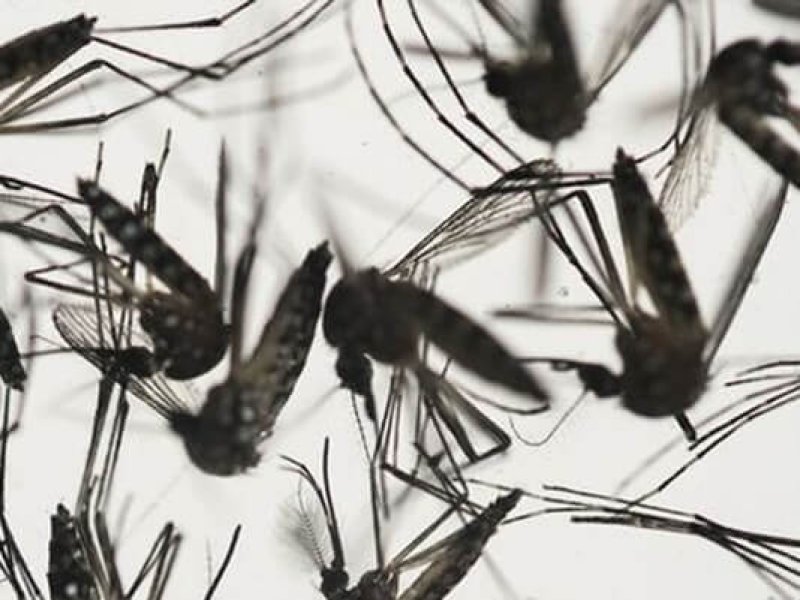Scientists at UC Berkeley and UC Riverside have demonstrated a way to edit the genome of disease-carrying mosquitoes that brings us closer to suppressing them on a continental scale. The study used CRISPR/Cas9 gene-editing technology to insert and spread genes designed to suppress wild insects, while at the same time avoiding the resistance to these efforts that evolution would typically favor.
…
“What we showed is that, if you disrupt a gene required for fertility in female mosquitoes at multiple sites all at once, it becomes much harder for the population to evolve around that disruption. As a result, you can suppress a much larger population. It’s much the same as combination drug therapy, but for CRISPR-based gene drive,” said John Marshall, the study’s lead author and an assistant professor of biostatistics and epidemiology at the UC Berkeley School of Public Health.
…
The technology at the heart of the study is called a gene drive system, which manipulates how genetic traits are inherited from parent to offspring. Gene drives are used to bias genetic inheritance in favor of rapidly spreading, self-destructive genes, and could be an environmentally friendly and cost-effective way to suppress populations of disease-spreading insects.
…
“The potential of multiplexing is vast. With one guide RNA, we could suppress a room of mosquitoes. With four, we could potentially suppress a continent and the diseases they transmit. But nature has a knack for finding a way around hurdles, so assessing that potential will require a lot more work,” Marshall said.
The GLP aggregated and excerpted this blog/article to reflect the diversity of news, opinion, and analysis. Read full, original post: New gene-editing technique could drive out mosquito borne disease































